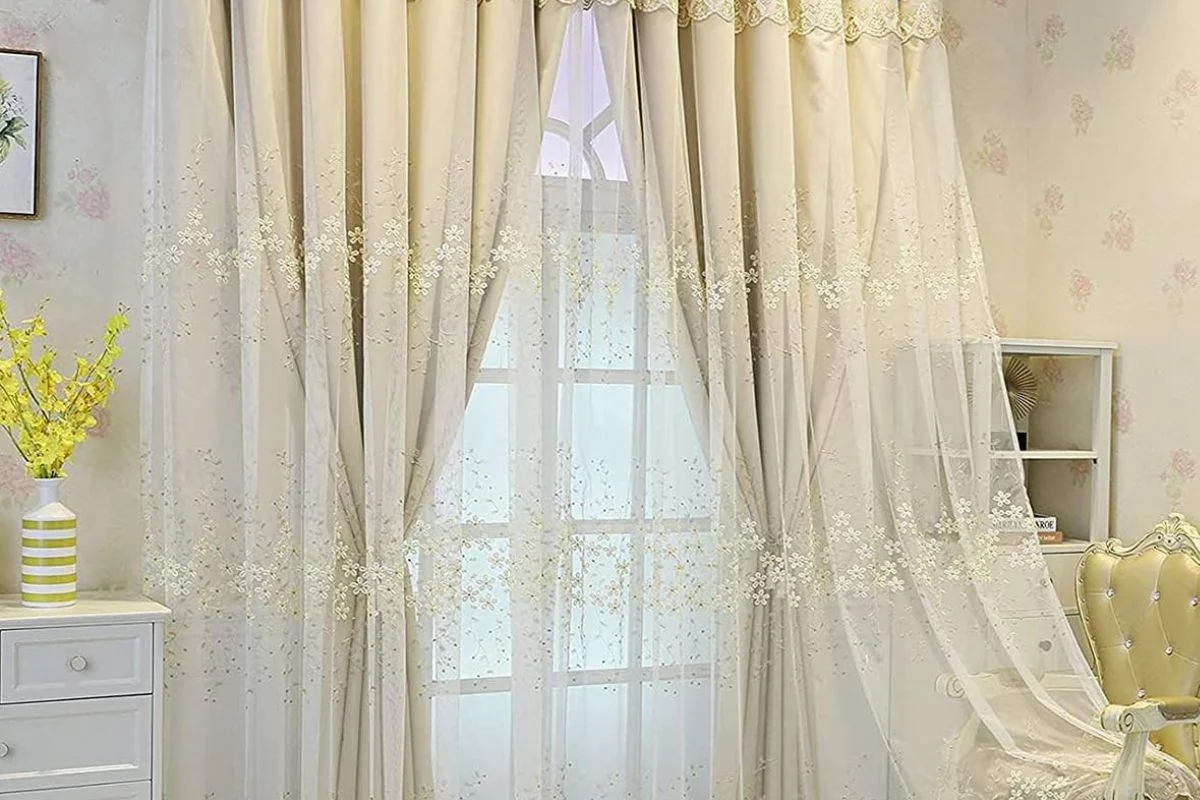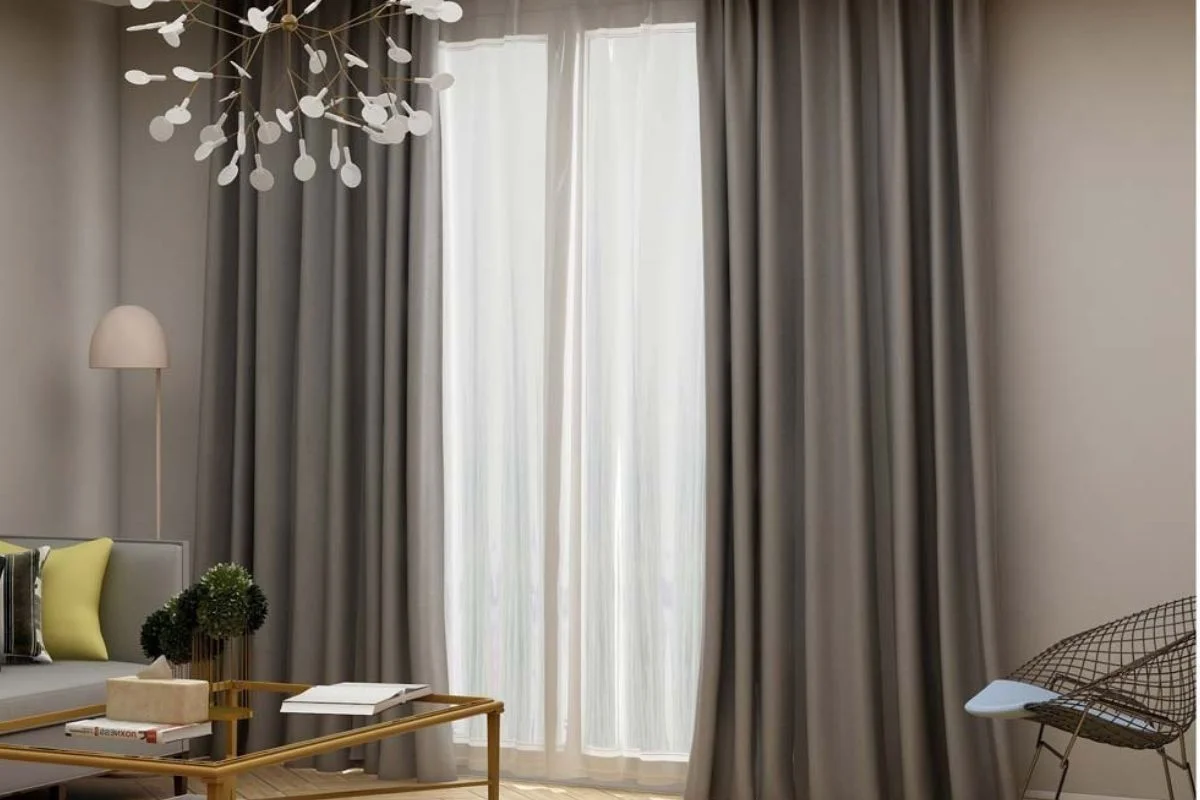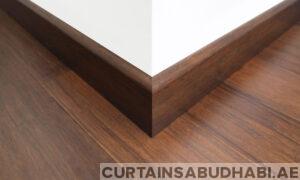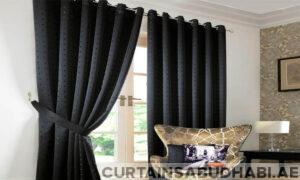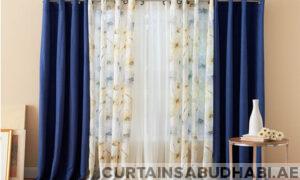
In the realm of interior design, window treatments are not merely functional additions but essential elements that can significantly impact the overall look and feel of a room. Among these, living room curtains stand out as versatile and transformative pieces that seamlessly blend style with functionality.
In this guide, we delve into the dual role of living room curtains, exploring how they enhance both the aesthetic appeal and functionality of your space. From adding a touch of elegance to regulating natural light and privacy, living room curtains have the power to elevate the ambiance and comfort of any living area.
Brief overview of the importance of living room curtains in interior design.
Living room curtains play a crucial role in interior design by adding both functional and aesthetic value to a space. These window treatments are essential for controlling natural light, providing privacy, and enhancing the overall ambiance of the room. Beyond their practical functions, curtains also serve as decorative elements that can elevate the style and character of a living room. Whether it’s through the choice of fabric, color, pattern, or design, curtains have the power to transform a room, creating a cohesive and inviting atmosphere that reflects the homeowner’s taste and personality. In essence, living room curtains are not just window coverings; they are key elements that contribute to the overall look, feel, and functionality of the space.
Advantages and Disadvantages Living Room Curtains
Advantages of Living Room Curtains:
Enhanced Privacy: Living room curtains provide a layer of privacy, preventing outsiders from peering into your home while still allowing natural light to filter through.
Light Control: Curtains offer flexibility in controlling the amount of natural light entering the room. They can be drawn open to maximize brightness or closed to create a cozy atmosphere or reduce glare on screens.
Aesthetic Appeal: Curtains add texture, color, and visual interest to the living room, enhancing its overall design and ambiance. They can complement existing decor or serve as focal points, depending on their style and design.
Temperature Regulation: Heavy or insulated curtains can help insulate the living room, keeping it warm in winter by trapping heat and cool in summer by blocking out sunlight, thereby reducing energy costs.
Sound Absorption: Thick, fabric curtains can help absorb sound, reducing echo and noise levels in the living room, creating a quieter and more comfortable environment.
Disadvantages of Living Room Curtains:
Maintenance: Curtains require regular cleaning and maintenance to keep them looking fresh and pristine. Depending on the fabric and design, they may accumulate dust, pet hair, and other debris, requiring frequent washing or dry cleaning.
Limited Space: In smaller living rooms, bulky curtains can make the space feel cramped or cluttered, especially if they obstruct windows or doorways. Choosing lighter fabrics or sheer curtains can help mitigate this issue.
Allergen Accumulation: Curtains can harbor allergens such as dust mites, pollen, and pet dander, which may trigger allergies or respiratory problems in sensitive individuals. Regular cleaning and vacuuming can help minimize allergen buildup.
Fading: Prolonged exposure to sunlight can cause curtains to fade or deteriorate over time, especially those made from natural fibers or lighter colors. Using UV-resistant fabrics or adding a protective lining can help mitigate this issue.
Safety Hazards: Long or dangling curtain cords pose a strangulation risk, particularly for young children and pets. Using cordless or retractable curtain mechanisms can help minimize this safety hazard.
Choosing the Right Fabric for Living Room Curtains
Selecting the perfect fabric for your living room curtains is essential to achieving the desired look, feel, and functionality of the space. With a wide range of options available, each with its own characteristics and benefits, it’s important to consider several factors before making your decision.
Durability:
- Opt for durable fabrics that can withstand daily wear and tear, especially if your living room receives heavy foot traffic or frequent use.
- Consider fabrics such as polyester, cotton blends, or linen, which are known for their strength and longevity.
Light Control:
- Choose heavier, opaque fabrics like velvet or thick cotton if you prefer maximum light blockage and privacy.
- Alternatively, sheer or lightweight fabrics like chiffon or voile allow diffused natural light to filter through while maintaining privacy.
Maintenance:
- Consider the ease of cleaning and maintenance when selecting curtain fabric.
- Machine-washable fabrics such as polyester or cotton blends are convenient options for low-maintenance curtains.
- If opting for more delicate fabrics like silk or velvet, be prepared for dry cleaning or professional laundering.
Aesthetic Appeal:
- Select a fabric that complements your living room’s decor and aesthetic.
- Consider the texture, pattern, and color of the fabric in relation to existing furnishings and design elements.
- Bold patterns or rich textures can add visual interest, while solid colors or subtle textures create a more understated look.
Insulation:
- Depending on your climate and energy efficiency needs, choose curtains with thermal or insulating properties.
- Fabrics with a dense weave or backing, such as suede or thermal-lined options, can help regulate room temperature by blocking out drafts and retaining heat in winter.
Budget:
- Set a budget for your curtain fabric and explore options that align with your financial constraints.
- While luxurious fabrics like silk or velvet may be more expensive, there are plenty of affordable alternatives that offer durability and style.
Style Preference:
- Consider the overall style and atmosphere you want to create in your living room.
- Flowy, lightweight fabrics like linen or chiffon evoke a casual, relaxed vibe, while structured fabrics like jacquard or brocade lend a more formal, elegant look.
Budget-Friendly Options and DIY Ideas for Living Room Curtains
Dressing your living room windows with stylish curtains doesn’t have to break the bank. With a little creativity and resourcefulness, you can achieve beautiful window treatments that enhance your space without exceeding your budget. Here are some budget-friendly options and DIY ideas for living room curtains:
Ready-Made Curtains:
- Explore affordable ready-made curtain options available at discount stores, home improvement centers, or online retailers.
- Look for sales, clearance items, or discontinued styles to score great deals on quality curtains that fit your budget.
Repurpose Fabric:
- Instead of purchasing new curtain fabric, consider repurposing textiles you already own, such as old bedsheets, tablecloths, or fabric remnants.
- Get creative with patterns, colors, and textures to create unique and personalized curtain designs at minimal cost.
No-Sew Curtain Panels:
- Create no-sew curtain panels using fabric glue, iron-on hem tape, or fabric adhesive.
- Simply hem the edges of the fabric to create clean, finished edges and attach curtain rings or clips for easy hanging.
Painted Drop Cloth Curtains:
- Use inexpensive canvas drop cloths as affordable curtain fabric.
- Customize the drop cloths with fabric paint, stencils, or dip-dye techniques to add color and pattern to your curtains.
Lengthen Existing Curtains:
- Extend the length of existing curtains by adding fabric panels to the bottom.
- Use coordinating or contrasting fabric to create a layered look that adds visual interest to your window treatments.
Embellishments and Accents:
- Add decorative accents to plain curtains to elevate their style.
- Embellish curtains with ribbon trim, fabric appliques, or iron-on patches for a custom look without the custom price tag.
DIY Curtain Rods:
- Make your own curtain rods using inexpensive materials such as PVC pipes, wooden dowels, or copper plumbing pipes.
- Paint or stain the rods to match your decor and pair them with budget-friendly curtain hardware.
Thrift Store Finds:
- Browse thrift stores, flea markets, or yard sales for pre-loved curtains at bargain prices.
- With a little cleaning and minor alterations, you can repurpose thrifted curtains to fit your living room windows.
Curtain Alternatives:
- Explore alternative window treatments such as fabric window scarves, bamboo blinds, or sheer curtains for a budget-friendly yet stylish option.
DIY Tiebacks and Holdbacks:
- Create your own curtain tiebacks or holdbacks using rope, ribbon, or decorative hardware.
- Personalize the tiebacks with beads, tassels, or fabric flowers for added flair.
Maintenance Tips for Living Room Curtains
Keeping your living room curtains clean and well-maintained not only preserves their appearance but also ensures their longevity. Here are some essential maintenance tips to help you care for your curtains:
Regular Vacuuming:
- Use a handheld vacuum or the brush attachment of your vacuum cleaner to gently remove dust and debris from your curtains. Pay special attention to pleats, folds, and hems.
Spot Cleaning:
- Address stains and spills promptly by spot cleaning with a mild detergent or upholstery cleaner.
- Test the cleaning solution on a small, inconspicuous area of the curtain first to ensure it doesn’t cause discoloration or damage.
Professional Cleaning:
- For heavily soiled or delicate curtains, consider professional cleaning services.
- Dry cleaning or steam cleaning may be necessary for curtains made from delicate fabrics or those with intricate details.
Machine Washing:
- Check the care label on your curtains to determine if they are machine washable.
- Use a gentle cycle and mild detergent, and avoid washing curtains with embellishments or delicate trims.
Air Drying:
- Whenever possible, air dry your curtains to prevent shrinkage and damage from high heat.
- Hang them outdoors on a clothesline or indoors on a drying rack, ensuring they are fully extended to maintain their shape.
Ironing or Steaming:
- To remove wrinkles and creases, iron your curtains on the appropriate setting for the fabric type.
- Alternatively, use a garment steamer to gently steam out wrinkles without direct contact with the fabric.
Rotate Curtains:
- Periodically rotate your curtains to ensure even exposure to sunlight and minimize fading or discoloration.
- Consider using sheer or lightweight curtains during peak sunlight hours to protect heavier or more delicate curtains from prolonged sun exposure.
Use Curtain Liners:
- Consider using curtain liners to protect your curtains from dust, moisture, and sunlight.
- Liners can also provide additional insulation and privacy while prolonging the life of your curtains.
Preventative Measures:
- Avoid smoking or burning candles near your curtains to prevent odors and stains.
- Keep pets away from curtains to minimize hair and dander accumulation.
Conclusion
In conclusion, living room curtains are not just functional window coverings but also integral elements of interior design that contribute to the overall ambiance and style of your living space. Whether you prioritize privacy, light control, or aesthetic appeal, there are countless options available to suit your needs and preferences.

